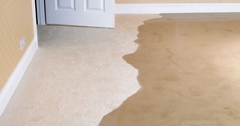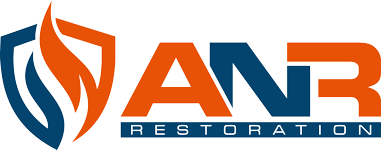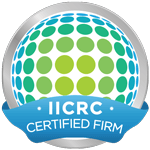
Water damage can wreak havoc on carpets, leading to potential mold growth, odors, and structural damage if not addressed promptly and effectively. Whether caused by flooding, burst pipes, or leaks, restoring carpets after water damage requires a combination of thorough cleaning, proper drying techniques, and sanitization to ensure a safe and healthy environment. In this blog post, we'll explore essential techniques for restoring carpets after water damage, including cleaning methods, drying strategies, and sanitization techniques to salvage your carpets and prevent further damage.
1. Immediate Action
The key to successful carpet restoration after water damage is taking immediate action to mitigate the damage and prevent mold growth. As soon as water damage occurs, remove excess water from the carpet using a wet/dry vacuum or towels. Be sure to extract as much water as possible to minimize moisture saturation and reduce the risk of mold and mildew growth.
2. Thorough Cleaning
Once excess water has been removed, it's essential to thoroughly clean the carpet to remove dirt, debris, and contaminants that the water may have introduced. Use a carpet shampoo or cleaning solution specifically formulated for water damage restoration, and follow the manufacturer's instructions for application and dilution. Use a carpet brush or scrubbing pad to agitate the cleaning solution and lift dirt and stains from the carpet fibers.
3. Hot Water Extraction
Hot water extraction, also known as steam cleaning, is an effective method for deep cleaning carpets and removing embedded dirt and contaminants. This method involves injecting hot water and cleaning solution into the carpet fibers, agitating the fibers to loosen dirt, and then extracting the dirty water using a powerful vacuum system. Hot water extraction not only cleans the carpet but also helps remove excess moisture, aiding in the drying process.
4. Drying Techniques
Proper drying is essential for preventing mold growth and restoring carpets after water damage. Increase air circulation in the affected area by opening windows, using fans, and running dehumidifiers to reduce humidity levels. Additionally, use a wet/dry vacuum or carpet extractor to extract as much moisture from the carpet as possible. If feasible, remove the carpet from the affected area and hang it outdoors to dry in the sun, as sunlight helps kill mold spores and bacteria.
5. Sanitization and Disinfection
After cleaning and drying the carpet, it's important to sanitize and disinfect the affected area to eliminate any remaining bacteria, mold, or odors. Use a commercial disinfectant or a mixture of bleach and water to sanitize the carpet and surrounding surfaces. Be sure to follow the manufacturer's instructions for dilution and application, and allow the disinfectant to dwell on the carpet for the recommended contact time before rinsing thoroughly.
6. Professional Restoration Services
In cases of severe water damage or contamination, it may be necessary to enlist the services of a professional restoration company. Professional restoration technicians have the expertise, equipment, and resources to assess the extent of the damage, implement effective restoration strategies, and ensure that the affected area is thoroughly cleaned, dried, and sanitized. Additionally, professional restoration services can help minimize the risk of further damage and ensure that your carpets are restored to a safe and healthy condition.
7. Prevention Measures
Once your carpets have been restored after water damage, it's essential to take steps to prevent future incidents. Address any underlying issues, such as leaky pipes or inadequate drainage, to prevent water damage from occurring in the future. Consider investing in waterproofing measures, such as waterproof carpet padding or moisture barriers, to protect your carpets from future water damage.
Restoring carpets after water damage requires a systematic approach that includes thorough cleaning, proper drying techniques, and effective sanitization methods. By taking immediate action, using appropriate cleaning and drying techniques, and enlisting professional restoration services when necessary, you can salvage your carpets and ensure a safe and healthy environment for your home or business. With proper care and maintenance, your carpets can be restored to their pre-damage condition, allowing you to enjoy a clean, comfortable, and beautiful living space once again.


